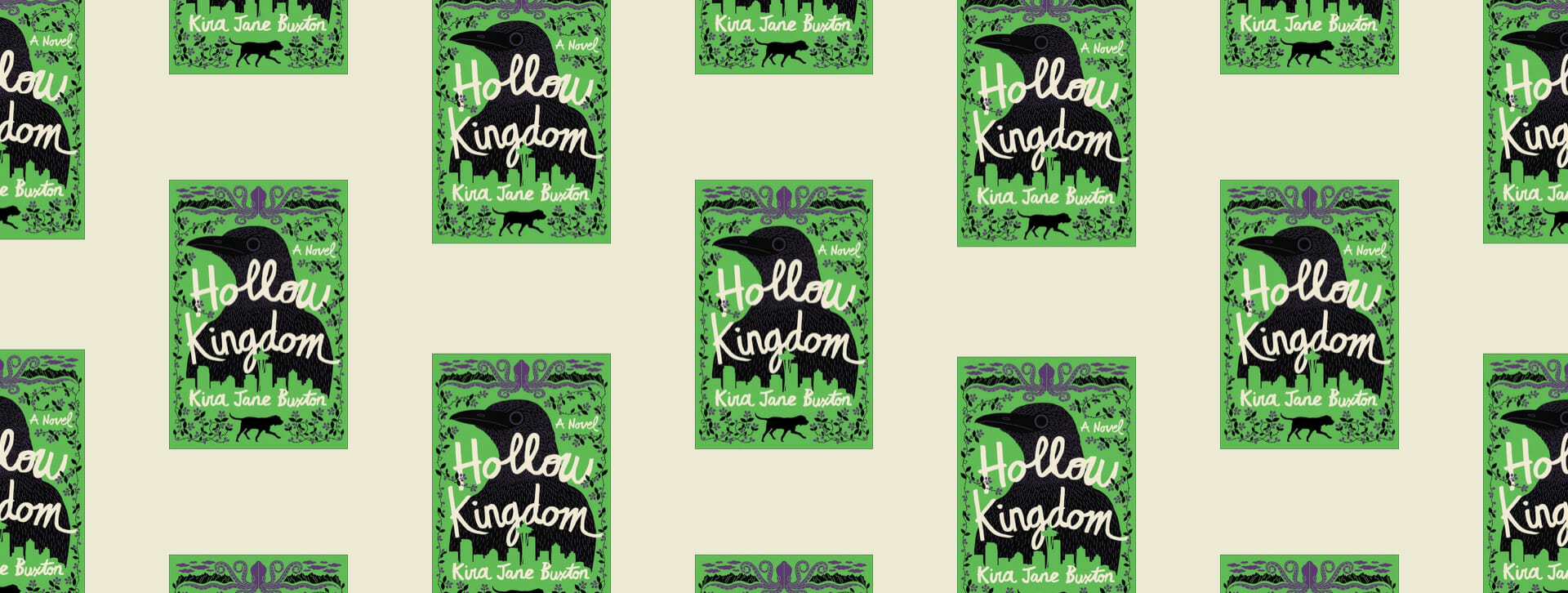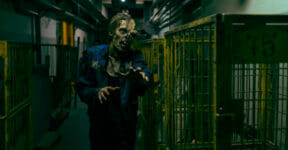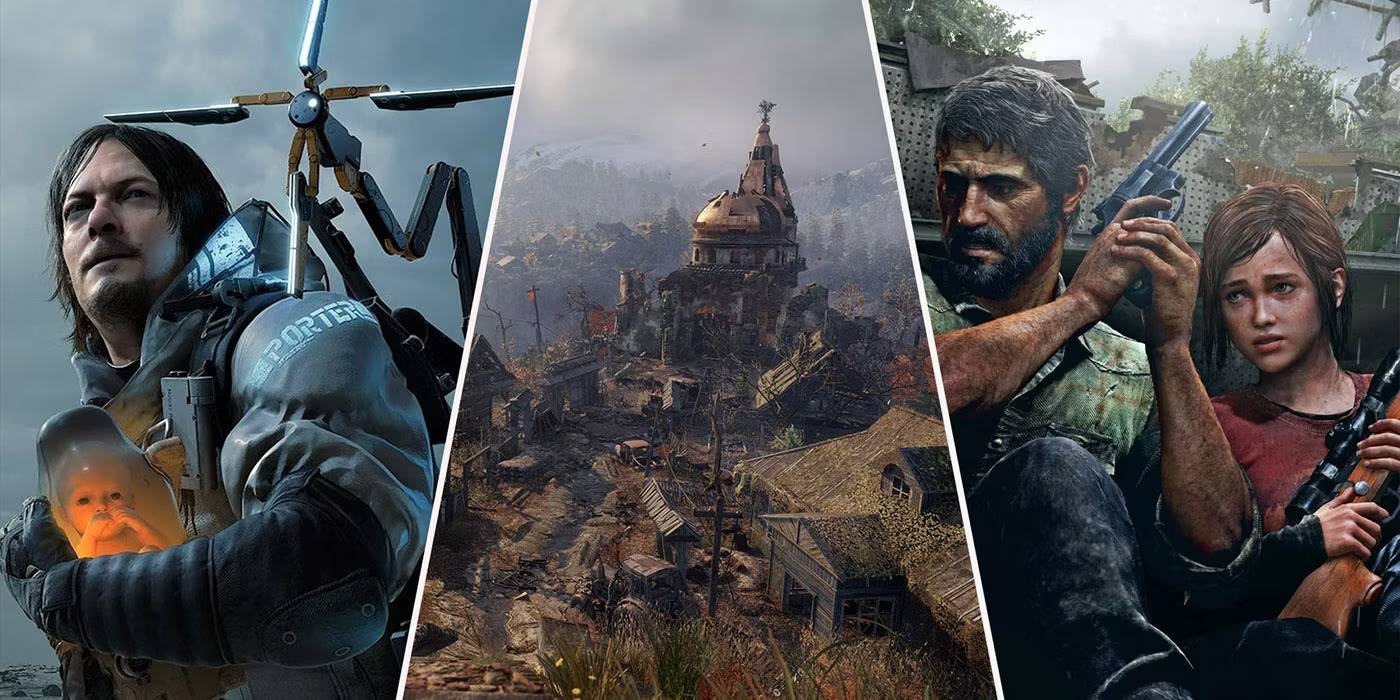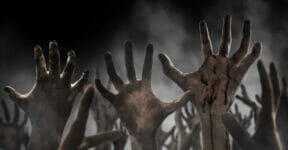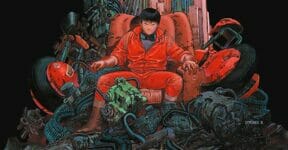Most sci-fi books and stories about a zombie apocalypse revolve around the idea of an unknown plague or a zombifying virus so infectious it gives humanity no real chance to develop a cure. By the time anybody gets a grasp on the trouble, much of the world has already been destroyed and people everywhere have turned into the walking undead. The root cause of the problem can often be traced back to something humans did in the past in the name of progress and security like the development of biological weapons, radioactive materials in the water supply, and unregulated pharmaceutical drug trials, to name a few.

Small groups of people usually survive in various places. Perhaps they are immune to the virus or zombie bite but are still mortal humans who must defend themselves against random zombie attacks to stay alive. Despite having been drastically reduced in numbers and the lack of modern technologies, humanity almost always prevails. Survivors either find an effective method to eliminate the zombies or let the undead die out without new prey or hosts. The few remaining humans rebuild the society.
Things are different in the 2019 novel Hollow Kingdom by Kira Jane Buxton. The zombie apocalypse has finally arrived and begun a swift eradication of humanity in its entirety. The culprit is neither viral infection nor mysterious forces beyond human understanding, but an uncontrolled obsession with cell phones. Humans have no effective defense against the malady, and they simply cease to function. The planet is still here with trees, mountains, oceans, deserts, and wildlife intact. In fact, the story of survival in the novel has little concern for humans. It is the adventure of a male pet crow raised from a hatchling by Big Jim. The two live in their Seattle home with a lazy bloodhound named Dennis.
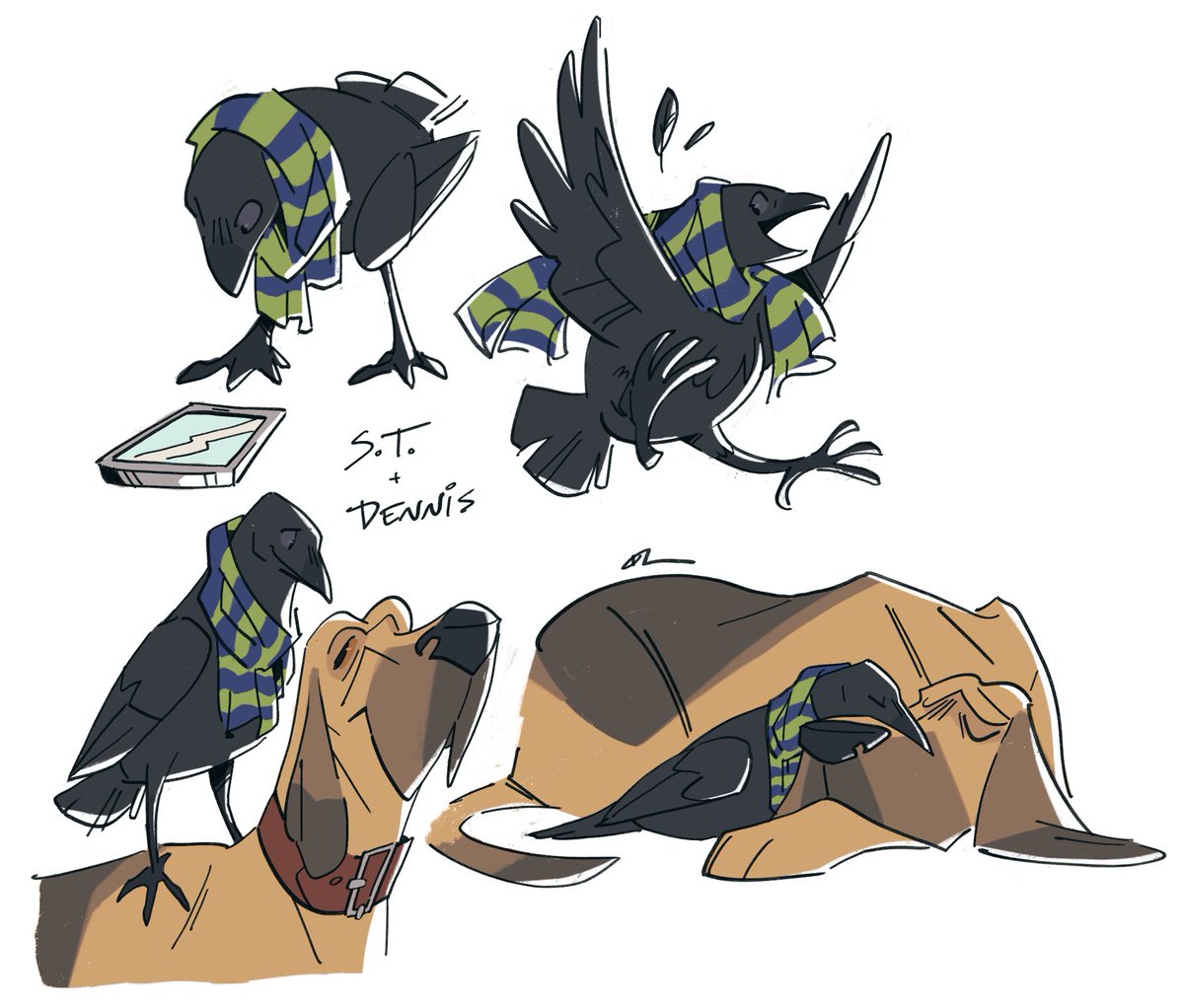
By any standard, Big Jim is a repulsive person; he named his own pet bird S.T. (short for Shit Turd, in case anyone asks). Jim spends his life hooking up with women on Tinder, drinking beer, and consuming an extensive volume of pornographic materials almost on a daily basis. For a domesticated crow, S.T. sure knows a lot about human society. Everything he knows about the world has been from routine exposure to Jim’s horror films and whatever else is on TV. The crow is aware of Home Depot, the pyramids, churches, car dealership mailers, and Amazon packages, too.
And then the day comes when Big Jim is no longer the person S.T. knows. Jim no longer takes S.T. for a drive around Seattle or mentions anything about the country’s economy; instead, Jim spends all the time in the basement, drooling while scrapping his fingers on the wall until they bleed. Even when S.T. pours a shot of beer from his beak into Jim’s open mouth, the latter still doesn’t respond. Jim doesn’t look right at all, especially with his eyeballs no longer in their sockets.
After brief discussions with some wild crows, S.T. knows that humans have fallen victim to a zombifying agent. He assumes that the source of the problem—whatever it might be—was most likely invented by humans themselves. The moment Jim tries to take a bite out of S.T., finally the pet crow realizes it is time to try and figure out what happens in the world outside. He is not alone, however; Dennis is a faithful companion.
The real apocalyptic tale in the Hollow Kingdom begins as soon as S.T. leaves the house. Among a plethora of apocalyptic novels in which humans are the focal point, Buxton offers a different perspective. A zombie apocalypse inevitably affects domesticated and wild animals. S.T. takes center stage and narrates much of the novel.
Empty Vessels
Outside the domesticated world, S.T. and Dennis along with other animals realize how humans have lost their place as the dominant species on the planet. Animals now refer to humans simply as “Hollows” for they no longer project the intelligence, dominance, and hegemony they are used to. They are nothing but empty vessels, devoid of any conceivable mental capacity.
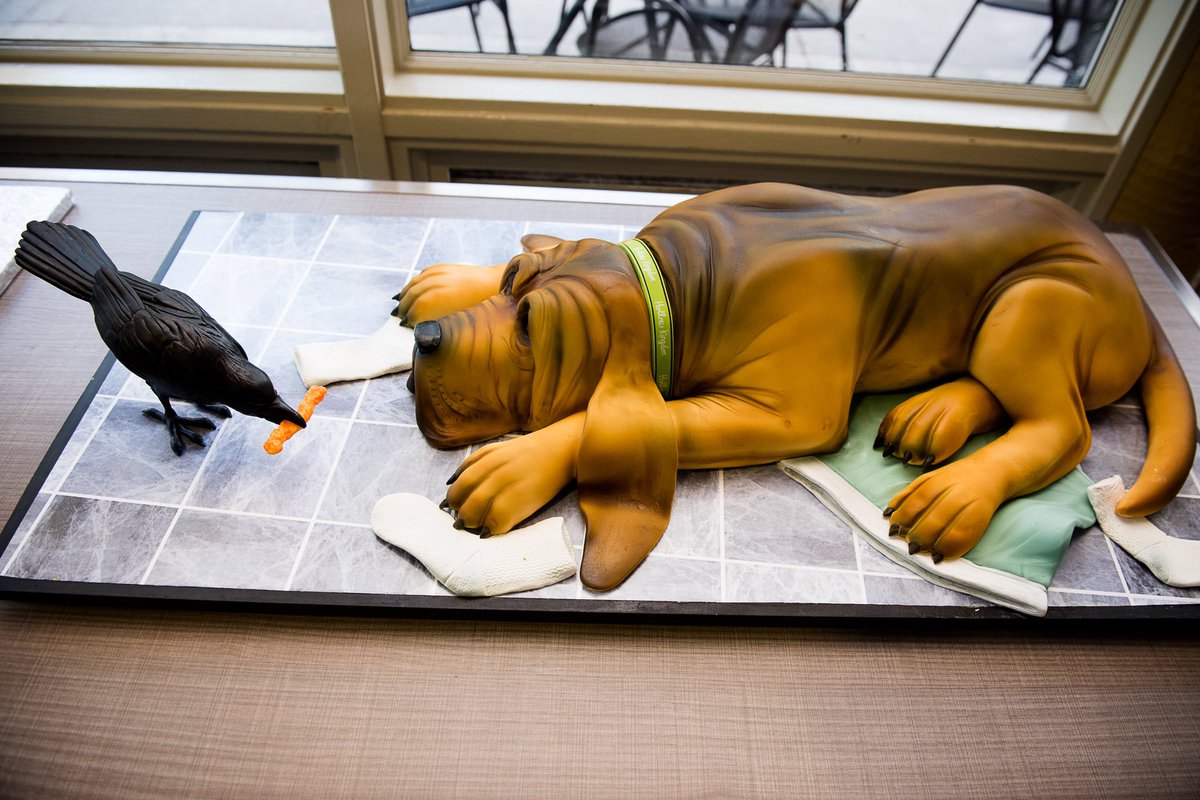
S.T. turns out to be a brilliant narrator. He sounds honest and almost every remark is based on his particle understanding of human oddities. He is also determined to rescue other pets trapped with their zombie owners. For example, S.T. thinks he finds an actual Nemo in a gift shop and describes a crucifix in a church as a fake MoFo (the term S.T. uses to refer to a person) in a loin cloth. He and Dennis also successfully rescue a group of cats that see their owners as nothing but mediocre servants.
During his adventure with Dennis to find a cure for Big Jim, the crow unintentionally undergoes a soul-searching journey for himself as well. He sympathizes with other pets but has all sorts of prejudices and biases toward wild birds like penguins and seagulls. Nearly all animals agree with the notion that a world without humans is a better place for everyone, which puts S.T. in a strange confusion. Deep inside, not only does S.T. love humans, but he also wants to be a human. Now, he only needs to get used to human extinction.
We love this completely different approach to a zombie apocalypse! Let’s face it, the planet probably would do better without us, but if there weren’t any humans around, who would write remarkable stories like Hollow Kingdom? And who would read them?
Did you like Hollow Kingdom? Let us know. We’d love to hear from you.
Other things you might want to know about.
What do we know about Kira Jane Buxton?
According to bookreporter.com, Hollow Kingdom is her debut novel. She has won several awards for this book, including the best book of 2019 by NPR, Book Riot and Good Housekeeping. She spends her time with her husband, 3 cats, a dog, 2 crows, hummingbirds, stellar jays, 2 juncos and 2 squirrels.
What are some other novels with animal narrators?
According to electricliterature.com Kira Jane Buxton recommends “fiction that makes animals the mouthpiece of human angst.” Here are 8 other novels with animal narrators.
- Hollow Kingdom by Kira Jane Buxton
- Mink River by Brian Doyle
- Timothy; or, Notes of an Abject Reptile by Verlyn Klinkenborg
- Watership Down by Richard Adams
- The White Bone by Barbara Gowdy
- The Bees by Laline Paull
- Animal Farm by George Orwell
- The Art of Racing in the Rain by Garth Stein
- Me Cheeta: The Autobiography by James Lever
Go to electricliterature.com to read details about each of these novels with animal narrators.
What genre is a book with talking animals?
According to prowritingaid.com anthropomorphism is when “speaking animals or objects who talk, think, or behave like humans are all anthropomorphic. Think of Thomas the Tank, Winnie the Pooh, or Peter Rabbit.” They literally act as if they are human. In Hollow Kingdom, the animal that is anthropomorphic is a crow named S.T.
If you enjoy articles on new books to explore then try out this! https://storiesatworldsend.com/remembrance-of-earths-past

